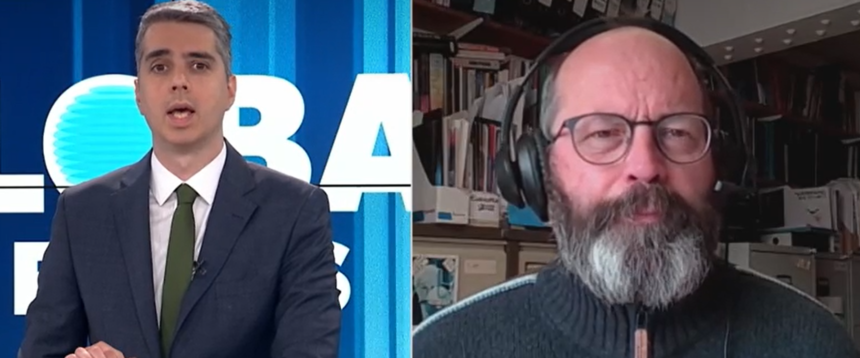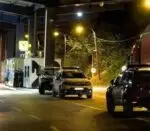United Nations special rapporteurs have launched an investigation into a mysterious acoustic incident that occurred during a peaceful protest in Belgrade on March 15, according to British expert Neil Corney from the Omega Research Foundation. The protest, marked by 15 minutes of silence, was disrupted by a strange sound event that triggered panic and disorientation among demonstrators.
Speaking to N1, Corney confirmed that two UN officials — Dr. Alice Edwards, Special Rapporteur on Torture, and Gina Romero, Special Rapporteur on the Rights to Freedom of Peaceful Assembly — are actively looking into the case. Omega has submitted its technical analysis and insights to assist the investigation.
“Based on the footage and testimonies we’ve reviewed, we cannot yet determine exactly what happened,” Corney said. “But the incident was unique, and the reaction of the crowd was highly unusual — synchronized and directional, which suggests something deliberate may have occurred.”
Corney noted that the Omega Foundation, which has monitored the use of less-lethal weapons for over three decades, had never documented an incident quite like this. The organization evaluated various acoustic devices available on the international market, including the LRAD (Long Range Acoustic Device), which Serbia is known to possess. However, some observers have speculated about the use of advanced or even experimental sonic weapons such as the “vortex,” which remains largely theoretical and has not been seen in operational use.
Call for Independent Inquiry
The Serbian government initially denied possessing the LRAD, only to later acknowledge its existence — further deepening public suspicion. Authorities invited both the Russian FSB and the American FBI for assistance, but critics argue that this compromises the independence of the investigation.
“Any credible inquiry must be entirely independent of the Serbian government and its police forces,” Corney insisted. “It should be led by recognized international experts, such as those appointed by the United Nations.”
The UN is expected to contact the Serbian government confidentially to gather additional evidence. According to Corney, the goal is to ensure full transparency and accountability, especially when public safety and human rights are involved.
Human Rights Framework
UN guidelines emphasize that the right to peaceful assembly is a fundamental human right. Corney highlighted that the March 15 event was one of the most peaceful possible — a silent protest — and thus offered no justification for the use of force or experimental technologies.
“There was no threat coming from the crowd. Using force under those conditions contradicts international norms,” he said.
UN documents such as the “Guidance on Less-Lethal Weapons” and the “Model Protocol on Human Rights and Assembly Management” stress that any device used against demonstrators must be independently tested, documented, and declared to the public — something that has not occurred in this case.
“States have an obligation to facilitate peaceful protest, not suppress it,” Corney concluded. “The use of any weapon must be lawful, necessary, and proportionate. In this case, we still don’t know what was used — and that in itself is deeply troubling.”
Ongoing Public Outrage
The incident has sparked widespread concern among civil society, with physical reactions reported by protesters and observers, including what felt like a sonic “shockwave” passing through the crowd.
Calls for transparency continue to grow, as citizens and international observers await the UN’s formal findings — which could have broader implications for the use of crowd-control technologies worldwide.







